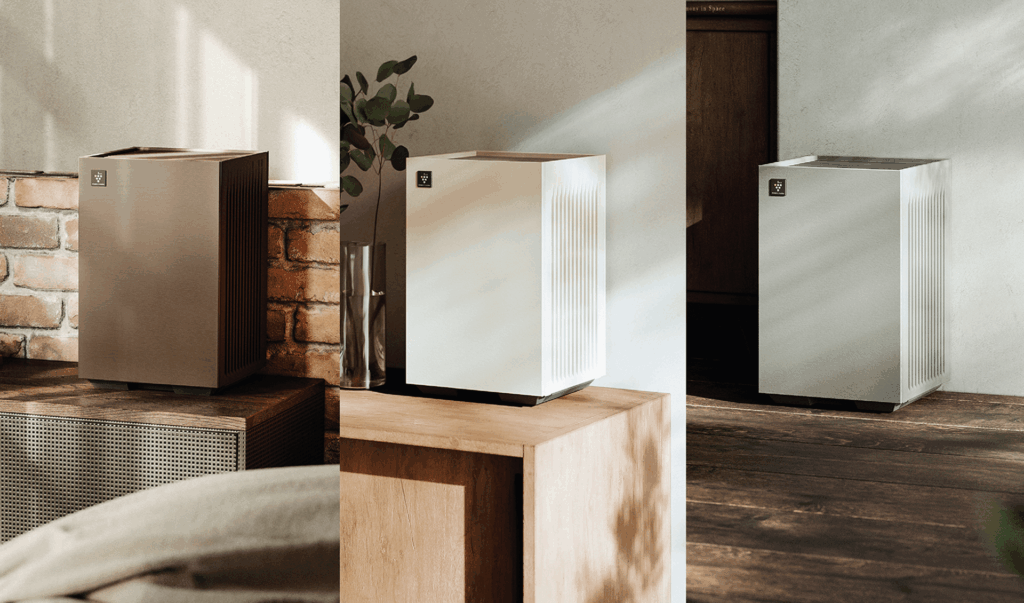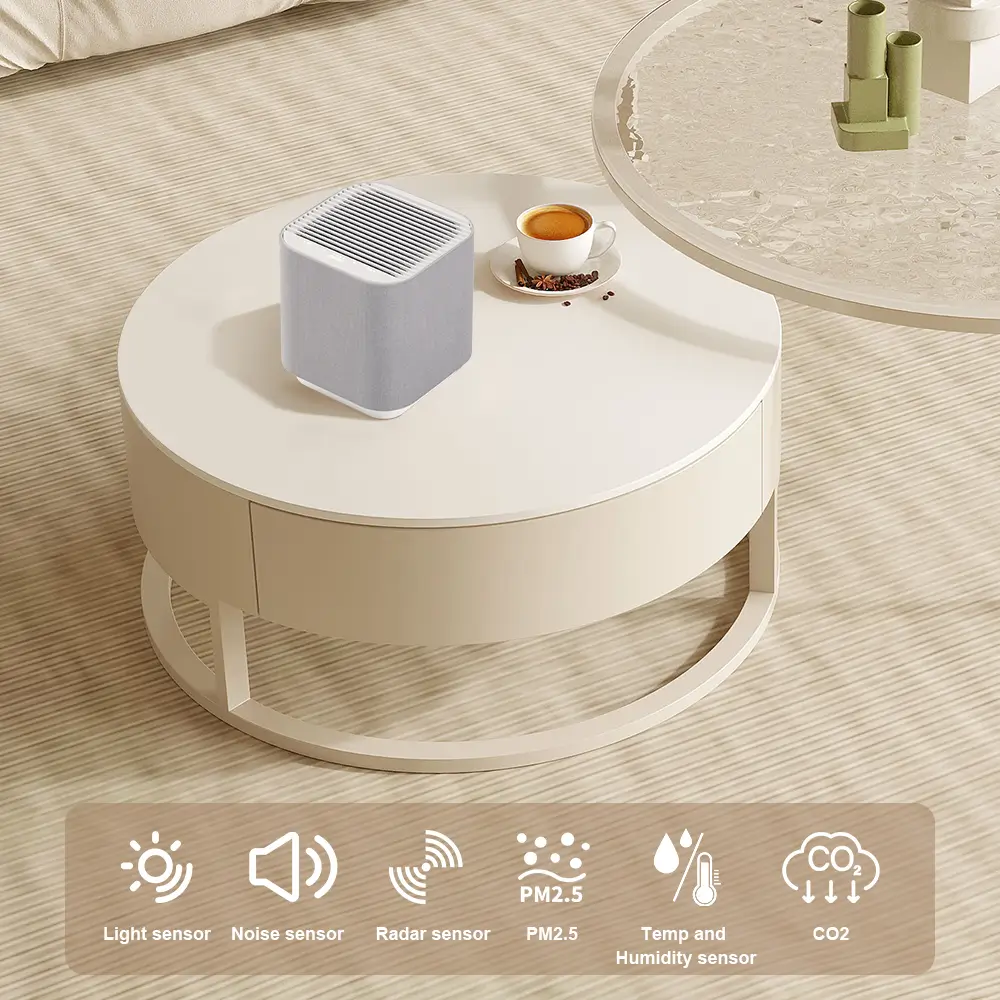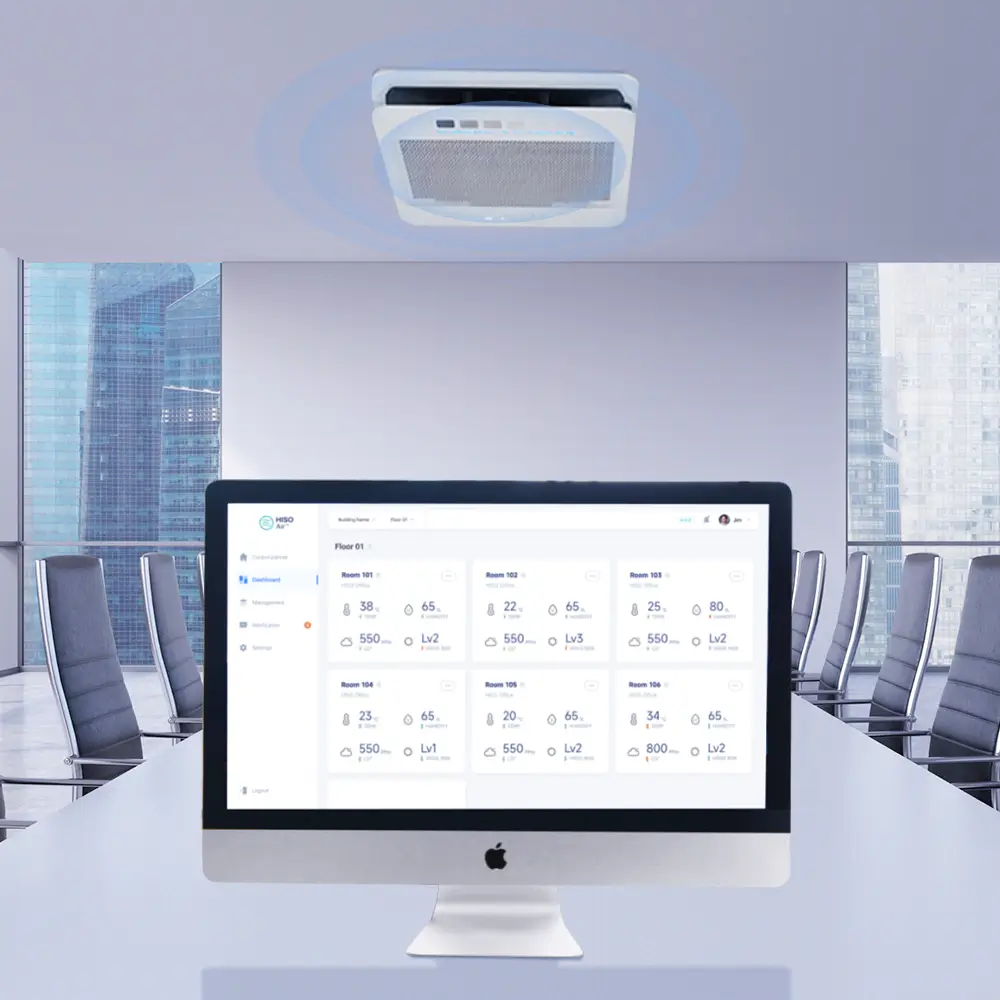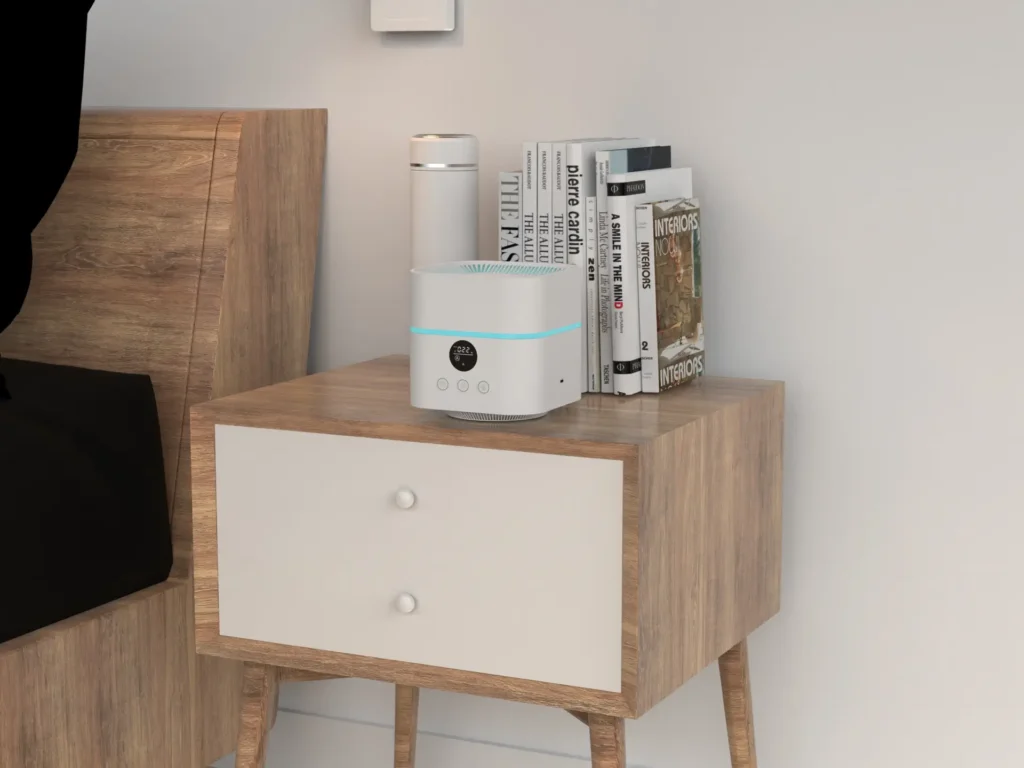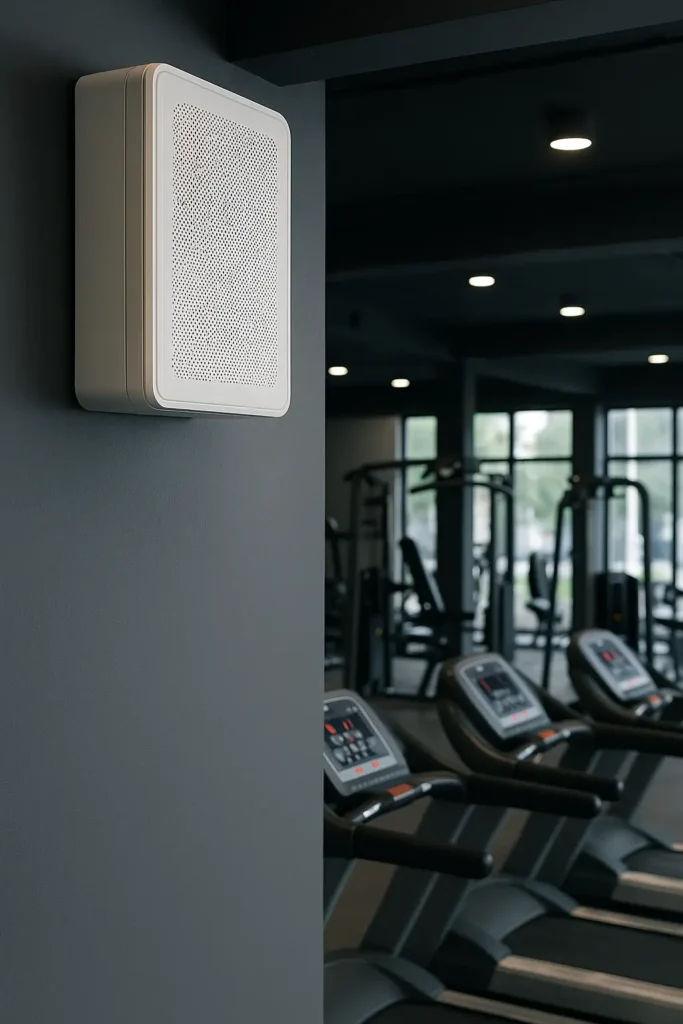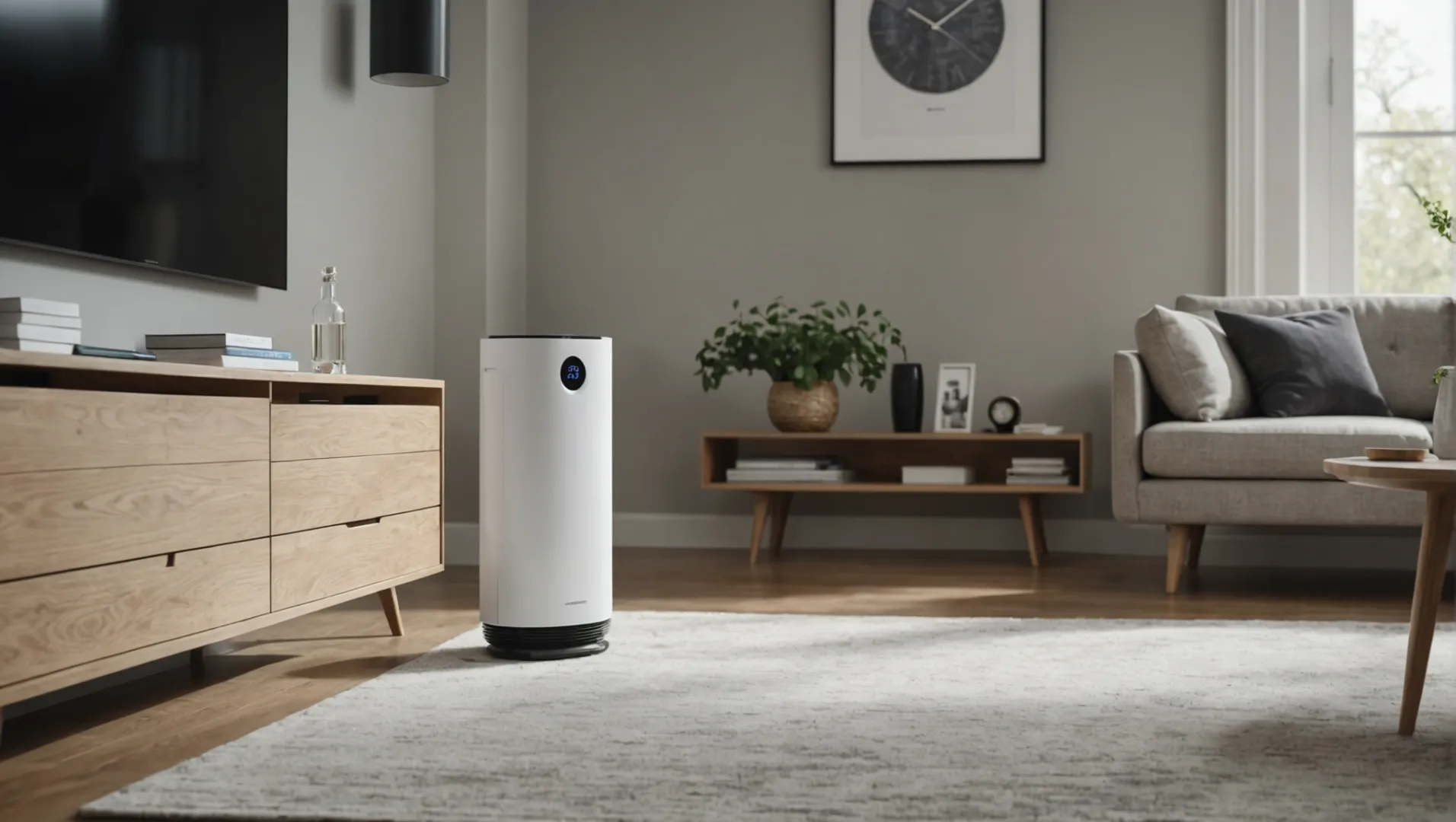
In un mondo pieno di opzioni, come si fa a far brillare il proprio purificatore d'aria?
Per differenziare i prodotti di purificazione dell'aria in un mercato competitivo è necessario rivolgersi a specifici segmenti di consumatori, incorporare tecnologie avanzate ed evidenziare caratteristiche uniche che rispondano alle esigenze dei clienti.
Esploriamo strategie su misura come la segmentazione del mercato e l'innovazione tecnologica che possono elevare il vostro purificatore d'aria al di sopra della concorrenza!
La tecnologia di filtrazione avanzata è fondamentale per il successo dei purificatori d'aria.Vero
La filtrazione avanzata, come i filtri HEPA, cattura il 99,97% delle particelle.
Quali sono le caratteristiche principali che i clienti cercano nei depuratori d'aria?
Nell'attuale mercato competitivo dei purificatori d'aria, la comprensione delle preferenze dei clienti è fondamentale.
Le caratteristiche principali che i clienti cercano nei purificatori d'aria sono la tecnologia di filtrazione avanzata, i livelli di rumore, l'area di copertura, la facilità d'uso e le opzioni di connettività intelligente.
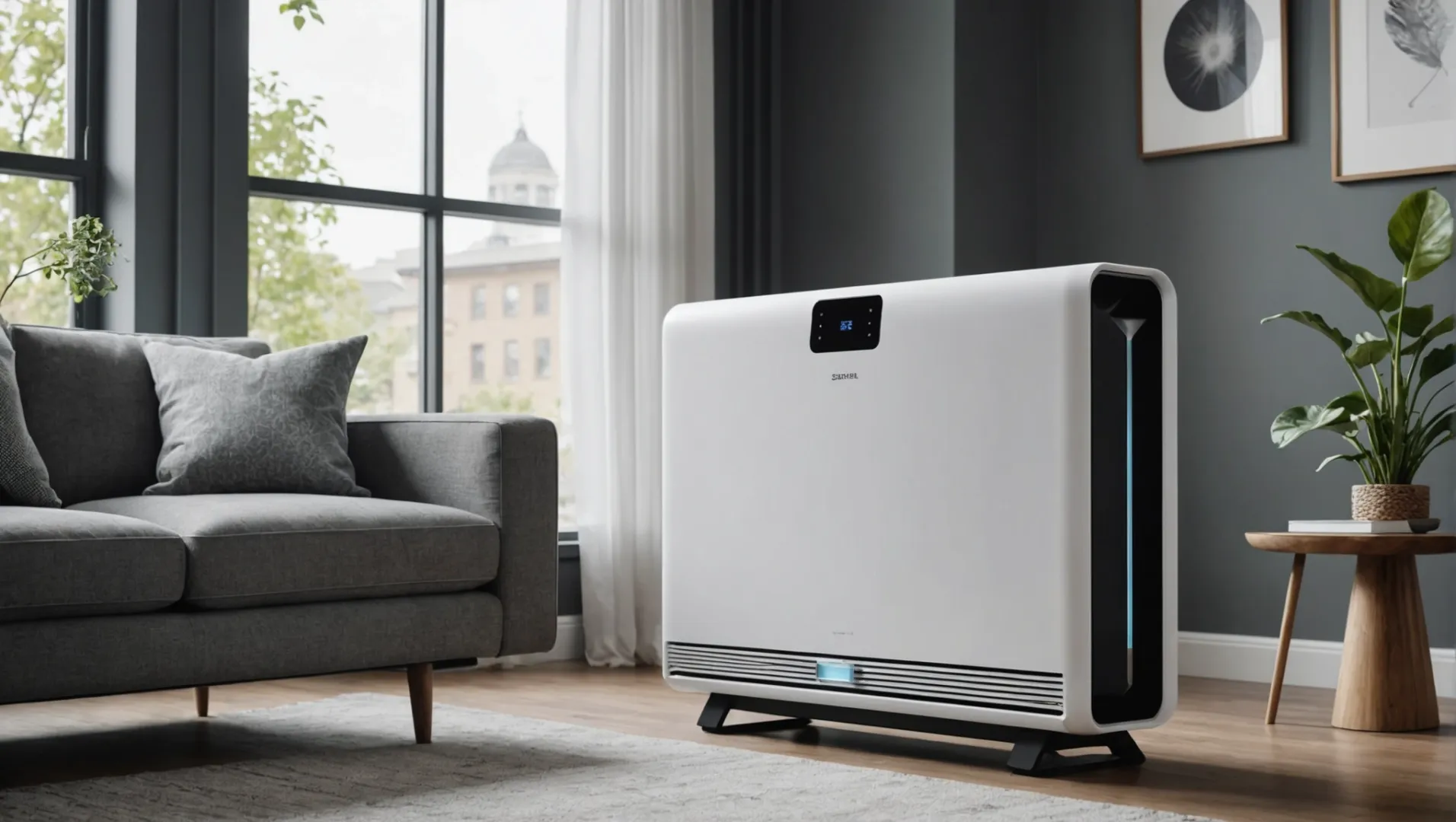
Tecnologia di filtrazione
Una delle caratteristiche principali che i consumatori valutano è la tecnologia di filtrazione1 un purificatore d'aria. Il particolato ad alta efficienza (HEPA) sono popolari per la loro capacità di catturare fino al 99,97% di particelle di 0,3 micron. Alcuni modelli avanzati incorporano filtri a carboni attivi per rimuovere odori e gas, o luce UV per uccidere batteri e virus.
Livelli di rumore
Il livello di rumorosità è un fattore cruciale, soprattutto per coloro che intendono utilizzare il purificatore d'aria nelle camere da letto o negli uffici. I clienti spesso cercano dispositivi che funzionino in modo silenzioso senza compromettere le prestazioni. I depuratori con diverse impostazioni di velocità consentono agli utenti di regolare il livello di rumore in base all'ambiente in cui si trovano.
Area di copertura
Le dimensioni della stanza che un purificatore d'aria può servire efficacemente sono un altro fattore critico. In genere i consumatori cercano dispositivi che corrispondano o superino la metratura dello spazio a cui sono destinati. Le aree di copertura più ampie sono particolarmente importanti per le case o gli uffici a pianta aperta.
| Dimensioni della stanza | Consigliato CADR (Tasso di erogazione di aria pulita) |
|---|---|
| Piccolo (fino a 200 piedi quadrati) | 100-150 CADR |
| Medio (200-400 piedi quadrati) | 150-250 CADR |
| Grande (oltre 400 piedi quadrati) | 250+ CADR |
Facilità di utilizzo e manutenzione
Gli utenti apprezzano la semplicità di funzionamento e manutenzione. Caratteristiche come comandi intuitivi, indicatori di sostituzione del filtro e componenti facili da pulire migliorano l'esperienza dell'utente. I modelli con filtri lavabili o di lunga durata riducono i costi di gestione e sono quindi adatti agli acquirenti attenti al budget.
Connettività intelligente
Con l'aumento delle case intelligenti, le funzioni di connettività come il controllo tramite app, il monitoraggio della qualità dell'aria e l'integrazione con sistemi domestici intelligenti come Alexa o Google Home stanno diventando sempre più richieste. Queste funzioni non solo offrono comodità, ma forniscono anche agli utenti preziose informazioni sulla qualità dell'aria della loro casa.
La comprensione di queste caratteristiche chiave aiuta i produttori a personalizzare i loro prodotti per soddisfare le esigenze specifiche dei consumatori, con conseguente aumento della soddisfazione e della fedeltà al marchio.
I filtri HEPA catturano il 99,97% di particelle.Vero
I filtri HEPA sono altamente efficaci e catturano particelle di dimensioni pari a 0,3 micron.
La connettività intelligente non è importante per i depuratori d'aria.Falso
La connettività intelligente offre convenienza e informazioni sulla qualità dell'aria, aumentando il valore.
In che modo il targeting di specifici segmenti di consumatori può migliorare l'appeal dei prodotti?
Capire il proprio pubblico è fondamentale per distinguersi nel mercato dei purificatori d'aria.
Rivolgersi a segmenti specifici di consumatori può migliorare l'attrattiva del prodotto allineando le caratteristiche e la messaggistica alle esigenze e alle preferenze specifiche di ciascun gruppo.

Comprendere i segmenti di consumo
Per rivolgersi efficacemente a specifici segmenti di consumatori, è fondamentale identificare e comprendere le caratteristiche e le esigenze uniche di questi gruppi. Per esempio, i proprietari di animali domestici possono dare la priorità ai purificatori d'aria che affrontano la forfora e gli odori degli animali domestici, mentre i neo-genitori potrebbero preoccuparsi della qualità dell'aria per i loro bambini, cercando purificatori con capacità di filtrazione avanzate.
Personalizzazione delle caratteristiche del prodotto
Adattando i prodotti alle esigenze di questi diversi segmenti, le aziende possono aumentare significativamente l'attrattiva dei loro prodotti. Considerate lo sviluppo di filtri specializzati, come Filtri a carbone attivo2 per i proprietari di animali domestici per neutralizzare gli odori e intrappolare il pelo, oppure HEPA filtri progettati per catturare le particelle sottili che hanno maggiori probabilità di colpire i bambini.
| Segmento | Caratteristiche principali |
|---|---|
| Proprietari di animali domestici | Filtri a carbone attivo, basso livello di rumore |
| Nuovi genitori | Avanzato HEPA Filtri, Accessori per bambini |
| Appassionati di salute | Filtri antimicrobici, prestazioni di lunga durata |
Posizionamento e messaggio
Anche il modo in cui un prodotto viene posizionato e commercializzato può influire sul suo appeal nei confronti dei vari segmenti di consumatori. Le campagne di marketing devono essere realizzate in modo da rispondere ai valori e alle preoccupazioni di ciascun gruppo. Ad esempio, posizionare un prodotto come un "must-have per una vita sana" può attirare gli appassionati di salute, mentre enfatizzare il funzionamento silenzioso e l'economicità può interessare le famiglie attente al budget.
Sfruttare la tecnologia
L'integrazione di tecnologie moderne come l'IoT può personalizzare ulteriormente le esperienze per specifici segmenti di consumatori. L'offerta di controllo mobile e di dati in tempo reale sulla qualità dell'aria può interessare i clienti più attenti alla tecnologia che apprezzano la comodità e la connettività.
Applicazione nella vita reale
Si consideri la storia di un'azienda che si è rivolta con successo a più segmenti di consumatori lanciando una gamma di purificatori d'aria: un modello ottimizzato per gli spazi ampi con un'elevata CADR (Clean Air Delivery Rate) per le famiglie e un'altra versione compatta e portatile per gli abitanti delle città. Concentrandosi sulle esigenze specifiche di questi gruppi, sono riusciti a conquistare una quota di mercato più ampia e ad aumentare la fedeltà al marchio.
Rivolgendosi strategicamente ai segmenti di consumatori, le aziende non solo aumentano l'attrattiva dei loro prodotti, ma creano anche legami più profondi con il loro pubblico, portando a una crescita sostenuta del business.
I proprietari di animali domestici preferiscono purificatori con bassi livelli di rumore.Vero
I proprietari di animali domestici spesso danno la priorità a dispositivi silenziosi per non disturbare i loro animali.
I filtri HEPA avanzati non sono ideali per i bambini.Falso
I filtri HEPA avanzati sono ideali per catturare le particelle fini che colpiscono i bambini.
Che ruolo ha la tecnologia nel differenziare i depuratori d'aria?
In un mercato in rapida evoluzione, i progressi tecnologici sono fondamentali per distinguere i depuratori d'aria.
La tecnologia differenzia i purificatori d'aria migliorando l'efficienza di filtrazione, integrando funzioni intelligenti e adattando le soluzioni alle specifiche esigenze ambientali.
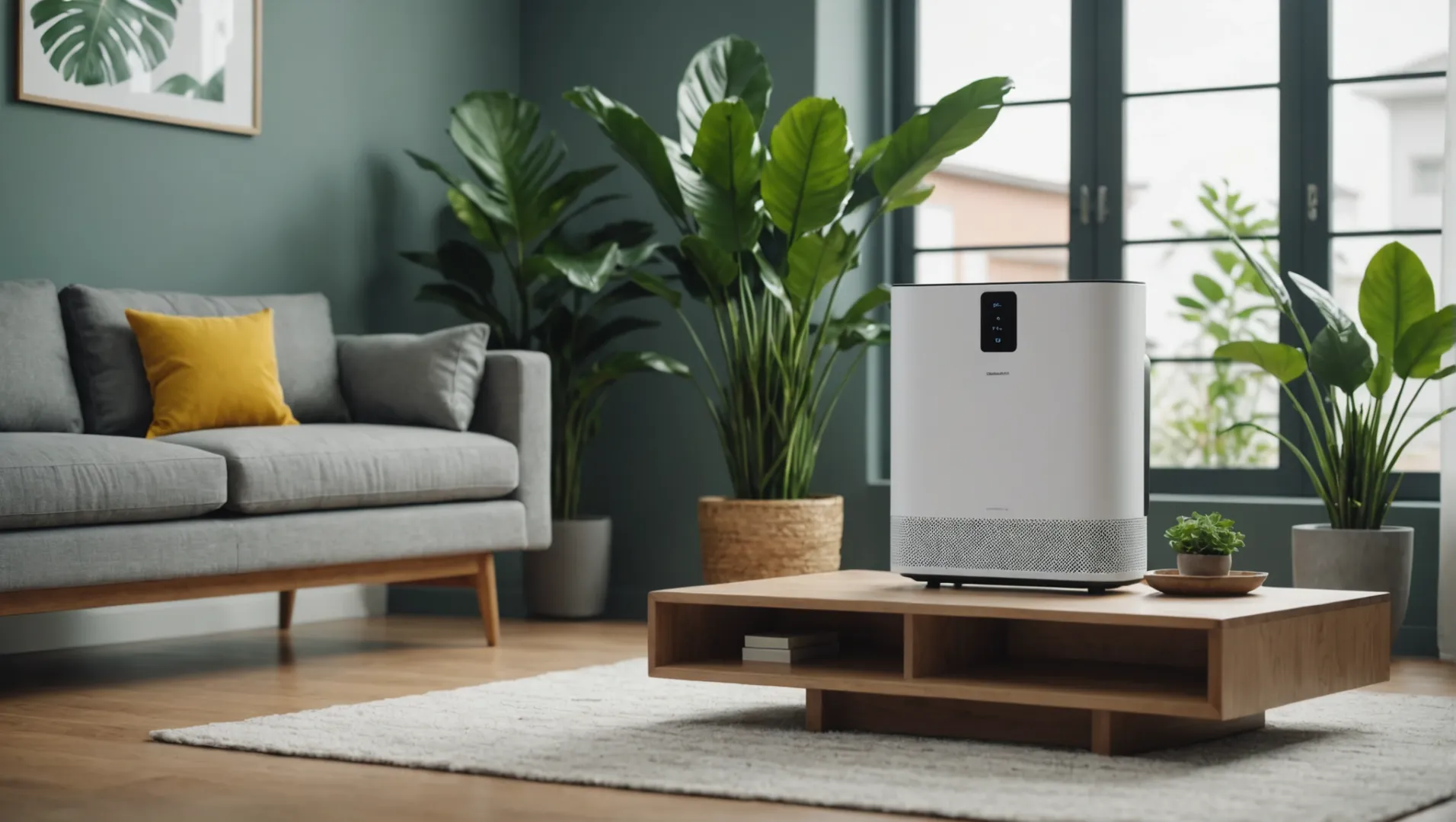
Miglioramento dell'efficienza di filtrazione
Uno dei progressi tecnologici più significativi nel campo dei depuratori d'aria è il miglioramento della qualità dell'aria. sistemi di filtrazione3. Aria particolata ad alta efficienza (HEPA) sono ora comunemente arricchiti con carbone attivo per catturare odori e gas, il che li rende ideali per le famiglie con animali domestici o fumatori. Inoltre, alcuni depuratori sono dotati di tecnologie avanzate come i precipitatori elettrostatici o la luce UV per combattere più efficacemente microbi e allergeni.
Funzionalità e connettività intelligenti
L'integrazione di Internet degli oggetti (IoT)4 La tecnologia ha trasformato i purificatori d'aria in dispositivi intelligenti che offrono un controllo a distanza tramite applicazioni mobili, consentendo agli utenti di monitorare la qualità dell'aria e regolare le impostazioni da qualsiasi luogo. I sensori che rilevano gli inquinanti e regolano automaticamente il funzionamento del purificatore stanno diventando standard, fornendo agli utenti dati in tempo reale e un'esperienza a mani libere.
| Funzione intelligente | Benefici |
|---|---|
| Controllo delle app mobili | Comodità e monitoraggio remoto |
| Sensori di qualità dell'aria | Regolazioni automatiche per prestazioni ottimali |
Soluzioni su misura per esigenze specifiche
La tecnologia avanzata consente di personalizzare i purificatori d'aria per soddisfare le esigenze specifiche dei clienti. Per esempio, i purificatori d'aria progettati per le camerette possono includere un funzionamento ultra-silenzioso e una funzione di modalità notturna per garantire che il sonno del bambino sia indisturbato. Allo stesso modo, i purificatori destinati a chi soffre di gravi allergie possono utilizzare filtri specializzati per catturare in modo più efficiente pollini e acari della polvere.
Sfruttando questi progressi tecnologici, i produttori possono differenziare i loro prodotti in un mercato saturo, fornendo soluzioni su misura che soddisfano le diverse esigenze dei consumatori.
I filtri HEPA da soli sono sufficienti per tutte le esigenze di purificazione dell'aria.Falso
I filtri HEPA necessitano di miglioramenti come il carbone attivo per gli odori.
L'integrazione IoT consente il controllo remoto dei depuratori d'aria tramite app.Vero
L'IoT consente il monitoraggio e il controllo remoto dei depuratori tramite app.
Come possono le tattiche di marketing efficaci aumentare la visibilità del vostro depuratore d'aria?
Scoprite le strategie di marketing che possono spingere il vostro marchio di purificatori d'aria verso nuove vette.
Le tattiche di marketing efficaci per i purificatori d'aria includono la pubblicità digitale, l'impegno sui social media, le partnership con gli influencer e il content marketing per migliorare la visibilità del marchio e il coinvolgimento dei clienti.

Sfruttare la pubblicità digitale
Nell'era digitale di oggi, la pubblicità online è uno strumento potente. Piattaforme come Google Ads consentono di indirizzare parole chiave specifiche che i potenziali clienti stanno cercando, come "miglior purificatore d'aria per le allergie" o "purificatore d'aria silenzioso per la camera da letto". In questo modo il vostro prodotto appare in primo piano nei risultati di ricerca.
Utilizzo dell'impegno sui social media
Le piattaforme di social media come Instagram, Facebook e Twitter offrono un'eccellente opportunità di coinvolgimento diretto del pubblico. Condividete contenuti informativi sui vantaggi dei vostri purificatori d'aria, pubblicate testimonianze di clienti e organizzate sessioni interattive come domande e risposte o dimostrazioni dal vivo. In questo modo si crea una comunità intorno al vostro marchio e si favorisce la fiducia dei potenziali acquirenti.
Collaborazione con gli influencer
La collaborazione con influencer in linea con i valori del vostro marchio può aumentare in modo significativo la visibilità del vostro prodotto. Gli influencer hanno un pubblico consolidato che si fida delle loro raccomandazioni. Per esempio, la collaborazione con un influencer che si occupa di salute e benessere per mostrare la capacità del vostro purificatore d'aria di migliorare la qualità dell'aria interna può essere molto efficace.
Creare contenuti di marketing convincenti
Il content marketing consiste nel creare contenuti di valore che rispondano a domande o risolvano problemi per i vostri potenziali clienti. Ciò può avvenire attraverso post sul blog, video o infografiche. Gli argomenti potrebbero essere "Come scegliere il depuratore d'aria giusto per la vostra casa" o "Come capire i diversi tipi di filtri dell'aria". Fornendo informazioni utili, il vostro marchio si posiziona come esperto del settore.
Implementazione delle strategie SEO
L'ottimizzazione del vostro sito web e delle pagine dei prodotti per i motori di ricerca assicura che i clienti possano trovarvi facilmente. Utilizzate parole chiave pertinenti, meta-descrizioni e testi alt per le immagini per migliorare il posizionamento sui motori di ricerca. Considerate la possibilità di creare una sezione FAQ per rispondere alle domande più comuni sui depuratori d'aria.
Incorporando queste tattiche di marketing, potete aumentare efficacemente la visibilità dei vostri purificatori d'aria e stabilire una solida presenza sul mercato. Per strategie più dettagliate sull'utilizzo degli strumenti digitali, consultate il nostro sito guida alle strategie dei social media5 e partnership con influencer6.
Gli annunci digitali aumentano la visibilità dei purificatori d'aria.Vero
La pubblicità digitale si rivolge a parole chiave specifiche, aumentando la visibilità dei prodotti.
Gli influencer non possono aumentare le vendite dei purificatori d'aria.Falso
Le partnership con gli influencer possono aumentare in modo significativo la visibilità e le vendite dei prodotti.
Conclusione
Sfruttare l'innovazione e le conoscenze dei consumatori per distinguersi nel mercato dei purificatori d'aria.
-
Scopri le migliori tecnologie di filtrazione che migliorano le prestazioni dei purificatori d'aria..: Abbiamo testato più di 60 purificatori d'aria negli ultimi nove anni e l'eccezionale Coway Airmega AP-1512HH Mighty è la nostra scelta migliore tra questi. ↩
-
Scopri come i filtri a carbone attivo combattono gli odori e migliorano la qualità dell'aria..: I filtri a carbone attivo sono utilizzati da alcuni produttori di depuratori d'aria per intrappolare i composti organici volatili, molecole responsabili degli odori e di alcuni ... ↩
-
Scoprite le tecnologie di filtrazione all'avanguardia che migliorano l'efficienza della purificazione dell'aria..: Le 20 tecnologie più importanti di questo articolo sono all'origine di importanti scoperte industriali e soddisfano la crescente necessità di aria più pulita in una varietà di applicazioni. ↩
-
Scoprite i vantaggi delle funzioni intelligenti dei moderni purificatori d'aria..: Mantenendo la qualità ideale dell'aria ed eliminando gli odori fastidiosi e le sostanze inquinanti, i depuratori d'aria intelligenti con integrazione IoT contribuiscono a creare ... ↩
-
Esplora le strategie complete per migliorare la visibilità del marchio attraverso i social media: in parole povere, una strategia per i social media è un piano completo che delinea gli obiettivi dei social media, le tattiche utilizzate per raggiungerli e le metriche ... ↩
-
Imparate a sfruttare le partnership con gli influencer per aumentare la visibilità dei prodotti: Trovare i vostri partner influencer - Contattare per proporre una collaborazione - Concordare le condizioni - Monitorare i risultati della collaborazione. ↩


